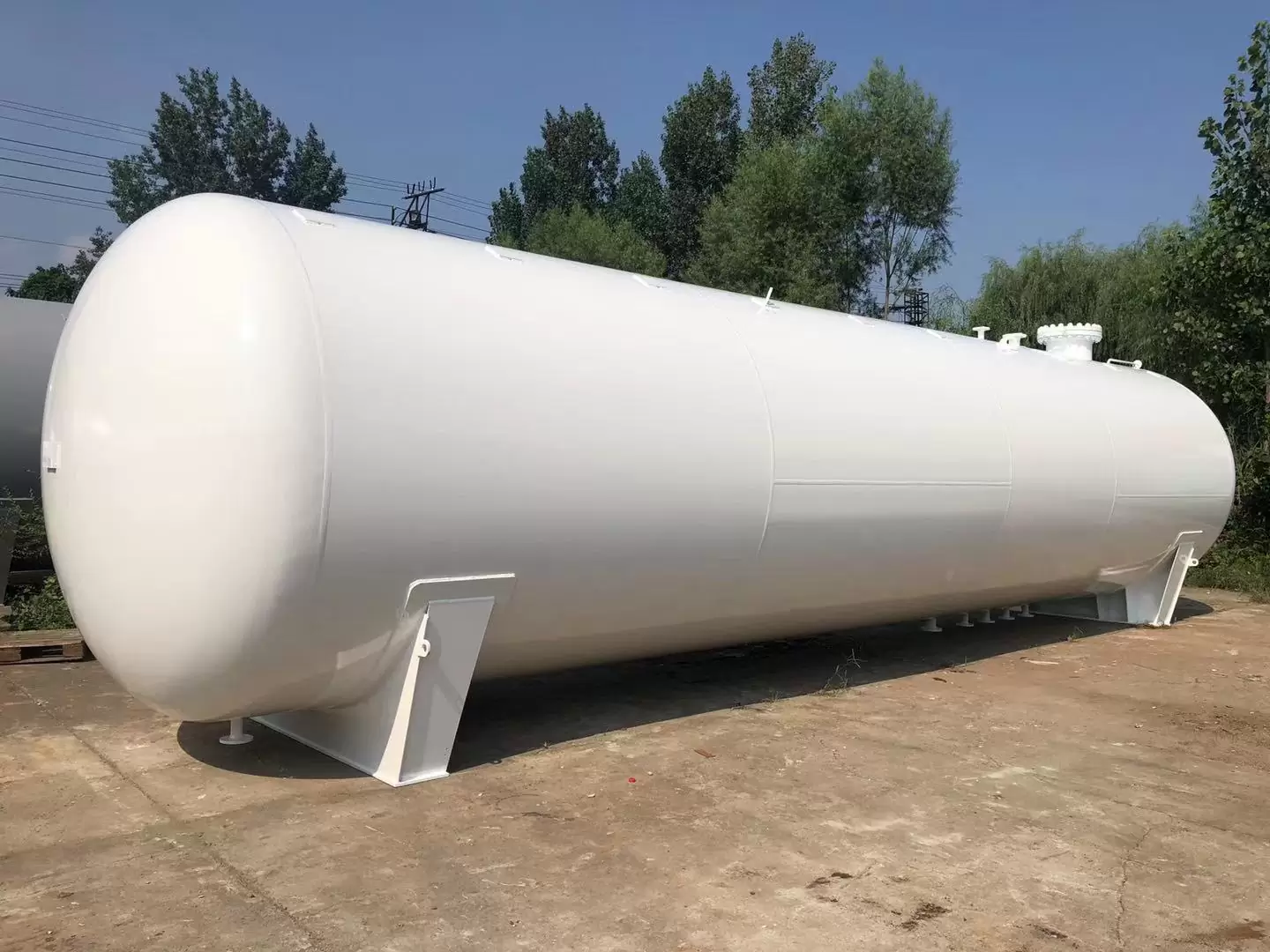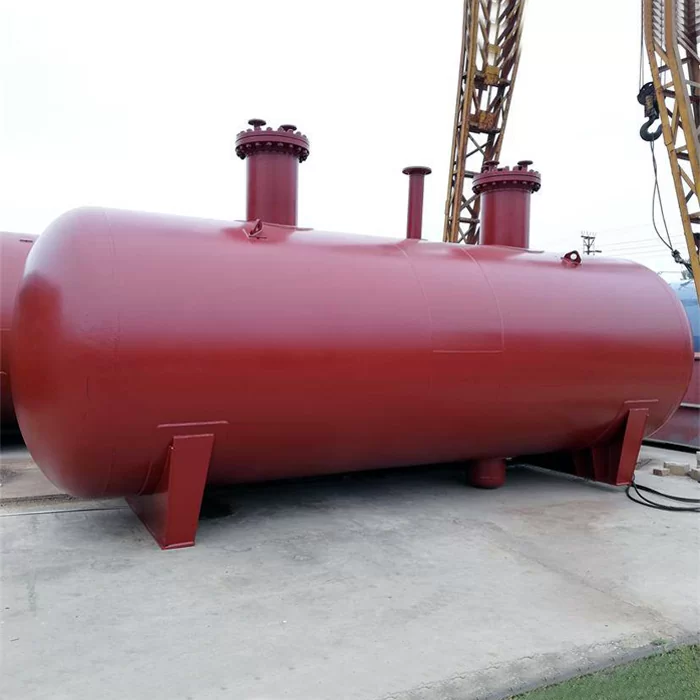Application of Liquefied Petroleum Gas in Food Factories
Liquefied petroleum gas (LPG) has a variety of applications in food plants, primarily as an energy supply. Here are some aspects involving common applications of LPG in food plants:
Heating and cooking: LPG is widely used in heating and cooking processes in food factories. It can be used to provide thermal energy to heat food quickly and evenly during cooking, steaming and baking. The heat energy generated by burning LPG can be transferred to cooking equipment such as ovens, steamers and stoves in various ways.
Steam production: LPG can be used to generate steam, which is used in food plants for a variety of purposes, including baking, food processing and cleaning. Steam boilers use LPG as fuel to provide the high-temperature steam required for food factories.
Baking and drying: For products that need to be baked and dried in food factories, LPG can be used to provide high temperatures to ensure that the food is baked or dried quickly and evenly.
Hot water supply: LPG can also be used in heating water supply systems to ensure sufficient hot water supply during the production process. This is essential for cleaning, sterilizing and other food handling steps that require hot water.
Power generation: In some areas, LPG can also be used as fuel for generators to provide power for factories. This is important to ensure stable operation of production equipment and to maintain production processes in emergency situations.
Backup energy: LPG can be used as a backup or emergency energy source to ensure food plants can maintain production if the primary energy supply is interrupted.
When using LPG, food factories need to follow safe operating procedures and ensure that the equipment complies with relevant regulations and standards. Regular equipment maintenance and inspections are critical steps to ensure safe system operation. In addition, food safety standards and appropriate emission and environmental protection measures may need to be considered for specific uses.





































































































































